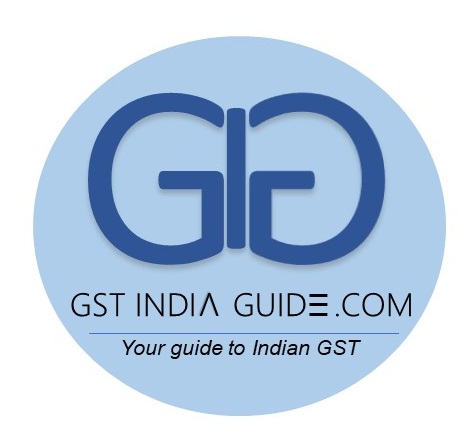Talk of a GST 2.0 that’s reworked from the ground up is political gibberish, for there is no likelihood of a complete overhaul even if there is a change in the government after 2019 Lok Sabha elections
Ever since Rahul Gandhi made the goods and services tax (GST) a major issue ahead of the Gujarat elections in 2017, it was only a matter of time before it became a political football. Now, with the power structure in the GST Council tilting slightly against the National Democratic Alliance (NDA) after the Congress won three assembly elections in the Hindi heartland, there is talk of a Congress-sponsored GST 2.0, presumably after the 2019 Lok Sabha election sees an NDA exit.
Punjab finance minister Manpreet Singh Badal has been particularly critical of the current GST structure, saying it excludes too many items. He wants to widen its ambit to cover electricity, real estate and petroleum, and evolve a common composition scheme for goods and services.
Punjab, which is the biggest loser in terms of revenue under GST, has reason to call for change. And it has been happening incrementally. The GST Council has already reworked the rate structure three times (in November 2017, July 2018 and December 2018) and widened the scope of the “GST composition scheme” under which small traders and businesses pay a small tax based on turnover rather than value addition. The next GST Council meeting may well bring down more rates, including GST on cement, and expand the composition scheme to include small service providers.
However, talk of a GST 2.0 that’s reworked from the ground up is political gibberish, for there is no likelihood of a complete overhaul even if there is a change in the government after May 2019. In the GST Council, a vote on any issue needs 75% backing, which means the centre can block any proposal with its 33% voting rights. A coalition of states with 25% backing can also block. When Mizoram’s vote equals Uttar Pradesh’s, a coalition of tiny states can block proposals that lack consensus. This is why the only way forward is to make one or two tweaks every few months.
The Congress and Badal should know that we have a difficult and messy GST structure precisely because we have a messy political democracy, where the interests of 29 states and the centre have to be synchronized through uneasy compromises. For Congress to believe that it can produce an immaculately-conceived GST is pure fantasy. The Indian way is to stumble towards a better structure through trial and error, often more error than trial.
The shortcomings of the current GST structure emanated from trying to resolve four or five conflicting goals: one was about finding a revenue-neutral rate by adding up state and central value-added taxes on various products when the elasticity of demand for each one of them was unknown; the other was the need to keep inflation down in the initial phases of the exercise, which resulted in many items of common consumption being kept out of the GST; a third was the need to compensate states for losses, which resulted in the imposition of a cess to create a separate revenue corpus from which losses would be compensated; the fourth was the need to coax small businesses into the GST net, if needed by giving them an entirely different set of rules to live by (as in the composition scheme); and the fifth was the political compulsion to create a progressive rate structure, so that Mercedes and milk did not get taxed at the same rate, to use the prime minister’s evocative comparison.
If today political compulsions are propelling the GST rate structure toward lower taxes at the upper end, and a possible shift toward one standard rate (instead of two at 12% and 18%, as it is now), it is a healthy development.
It is all right for Badal to demand the inclusion of electricity and petroleum in GST, but this means states sacrifice even more revenue flexibility. Will they do so even if a Congress- or regional party-led government comes to power in 2019? In 2017-18, the states collected ₹2,09,000 crore from petro taxes, and there is no way they are going to let go of this revenue flexibility easily. Even with revenue guarantees, they may still demur. So, however much economic sense it may make to bring auto fuels under GST, revenue considerations will make it less than likely that states will agree too easily. And since the centre also makes a huge pile from such taxes, the GST rate structure will actually get distorted further if there has to be a new super-high rate only for petrol and diesel in order to maintain revenue-neutrality.
Meanwhile, new distortions are on the way, with the Kerala chief minister asking for the right to levy a calamity cess after the recent devastating floods in the state. An extension of the composition scheme to services will add to the complexity of the GST structure. If GST is about paying tax on the value-add, adding more businesses to the composition scheme means giving them a legal way of avoiding scrutiny of their value-additions and hence payment of the right amount of GST. At some point, the composition scheme needs to be whittled down, not expanded, and the only way to do that and enforce compliance is to make the process of deducting and paying taxes, and filing of multiple returns, easier. Expanding the composition scheme only makes this shift harder.
The GST structure will remain a work in progress for at least the next two years, no matter which government rules India. GST 1.0 has already moved to GST 1.3 or 1.4, thanks to repeated tweaks. GST 2.0 will arrive in incremental stages, not at one go.
R. Jagannathan is editorial director at Swarajya magazine.
